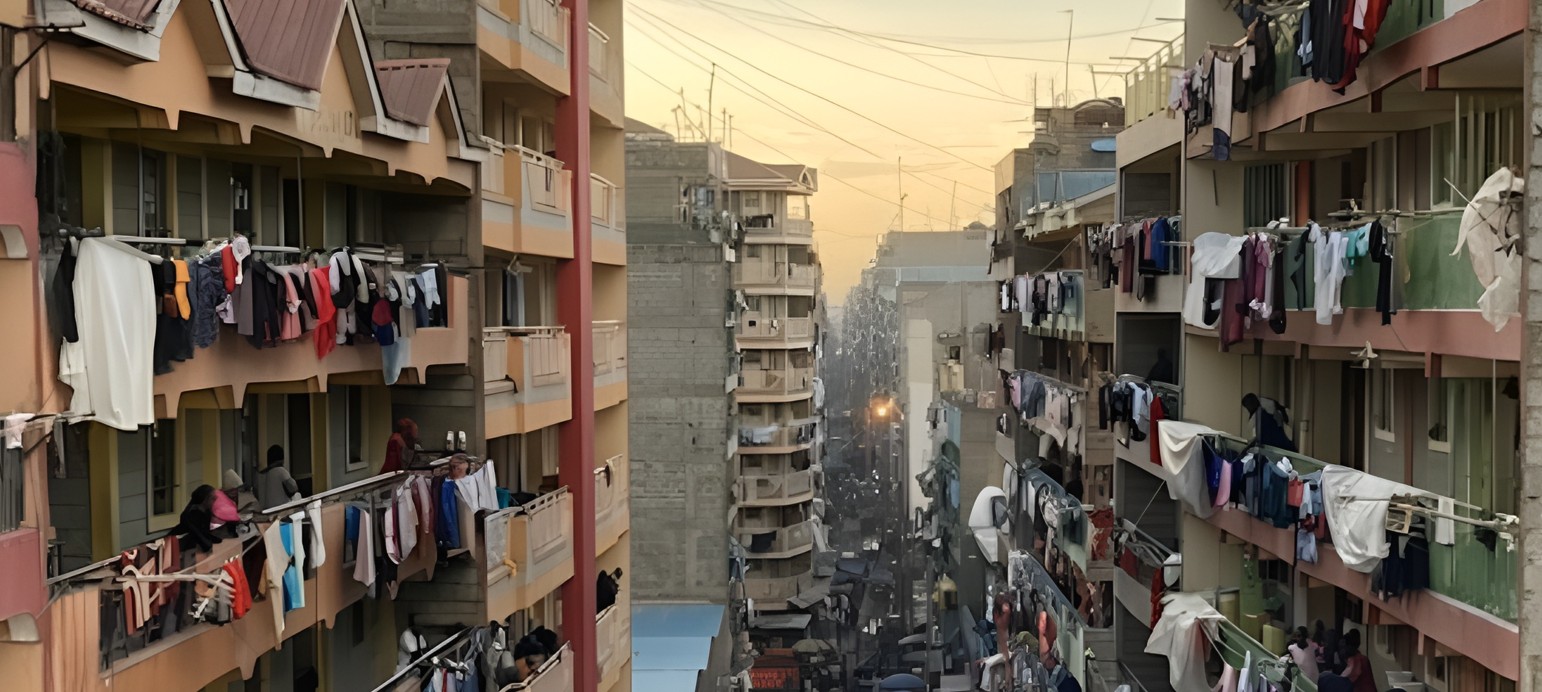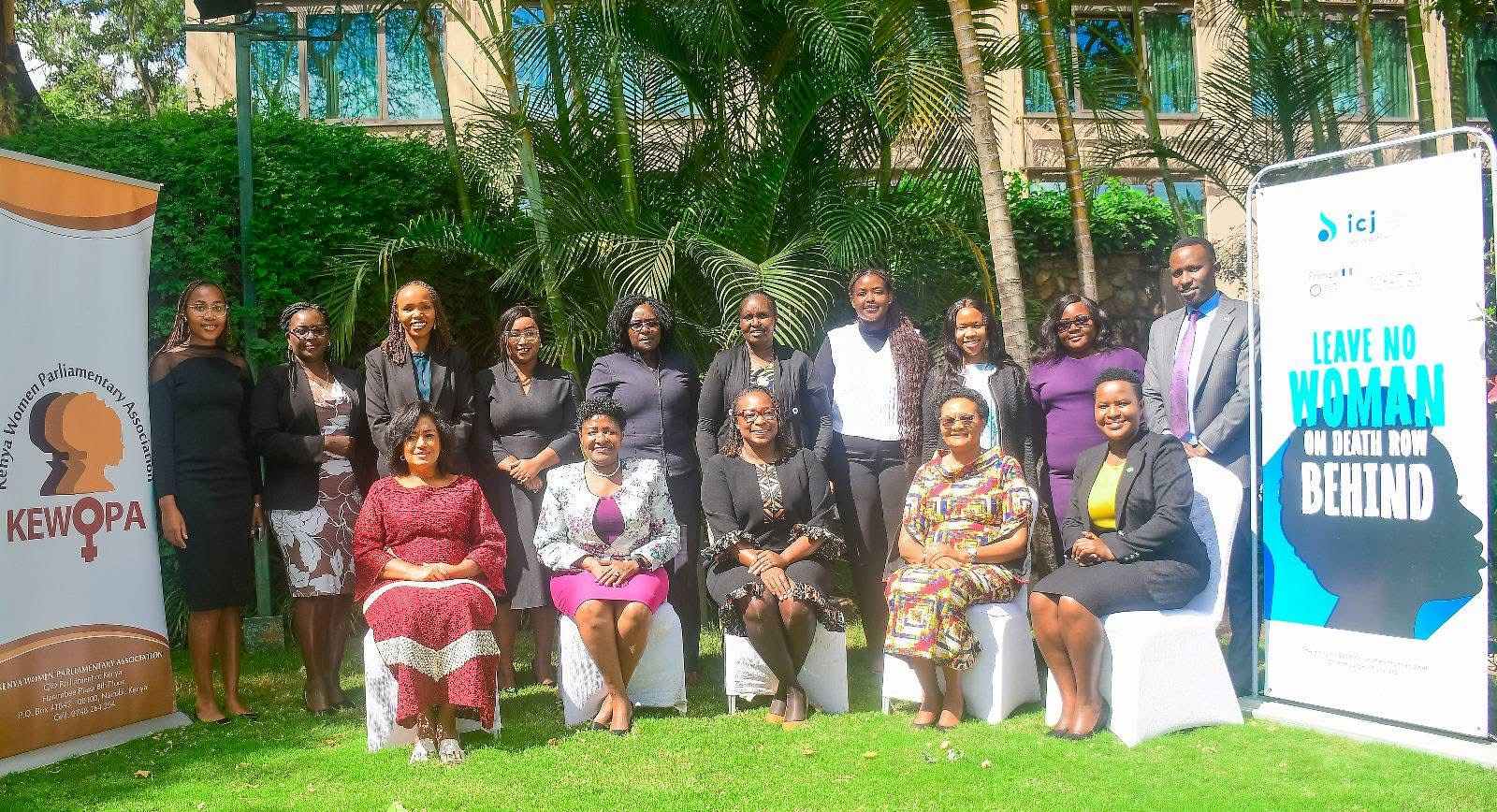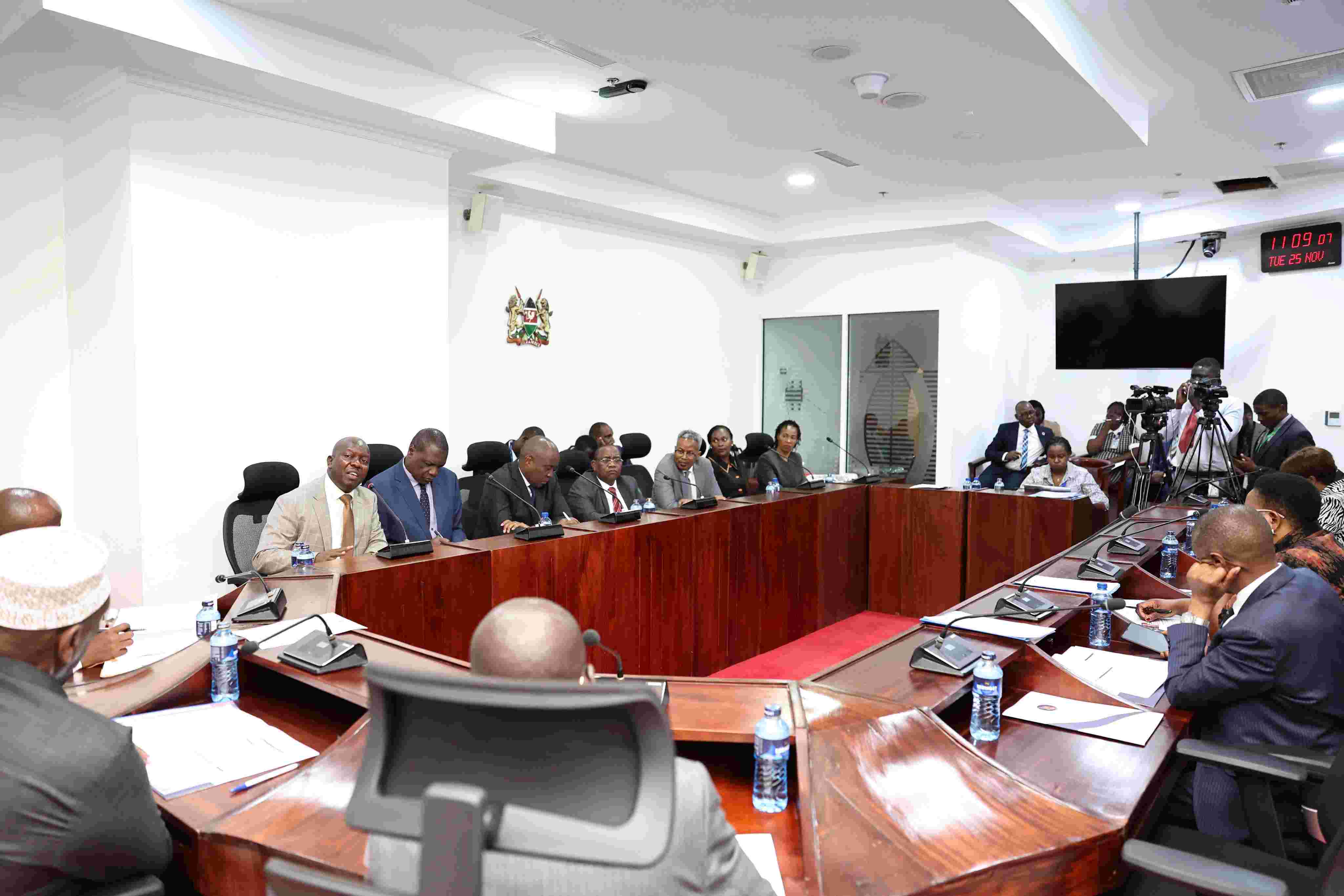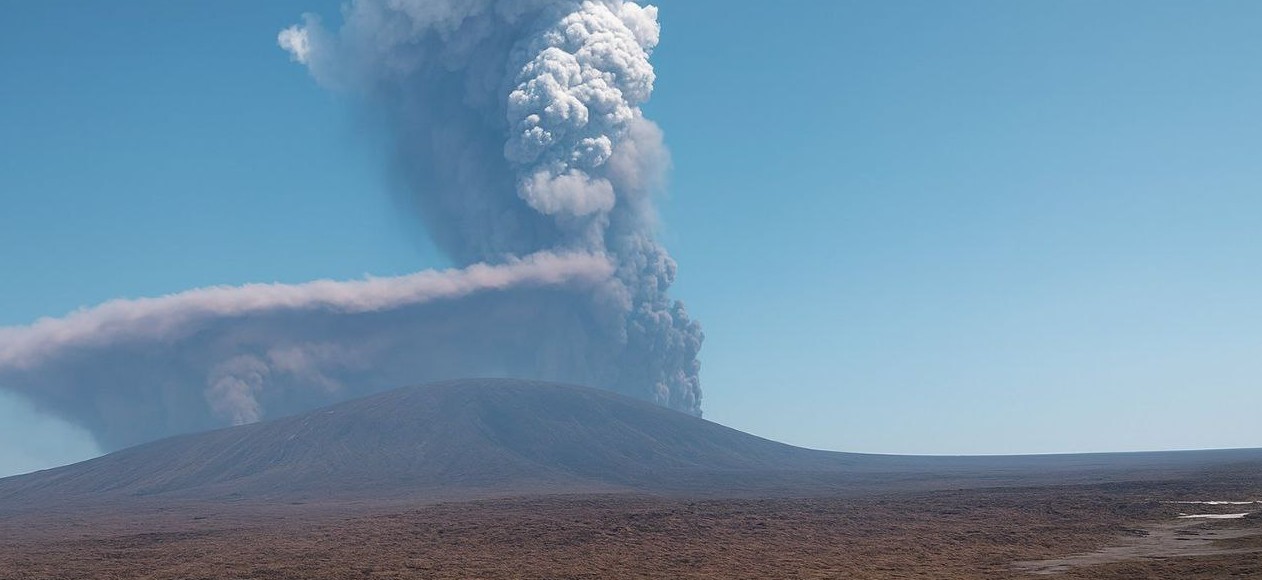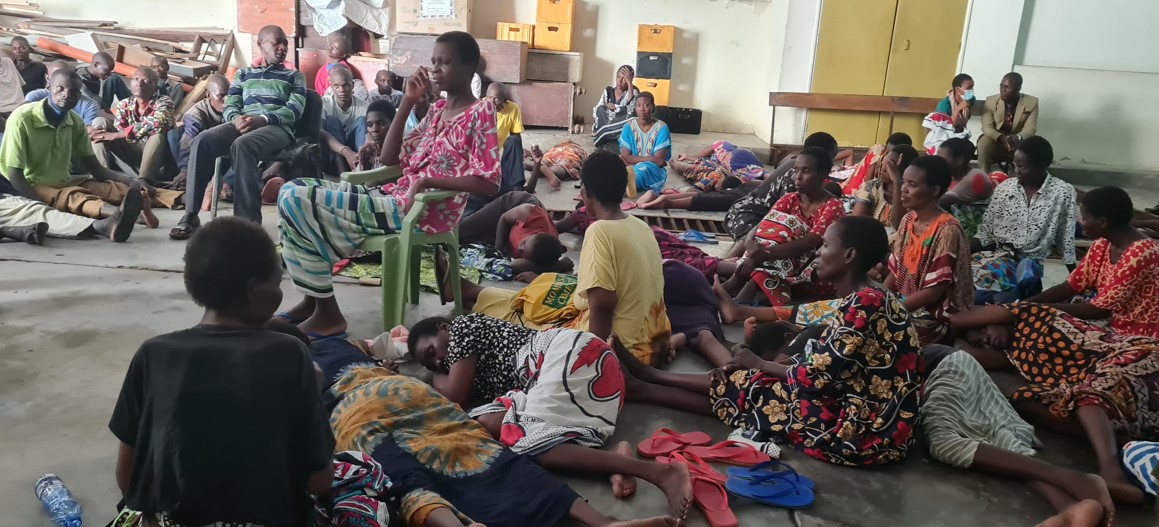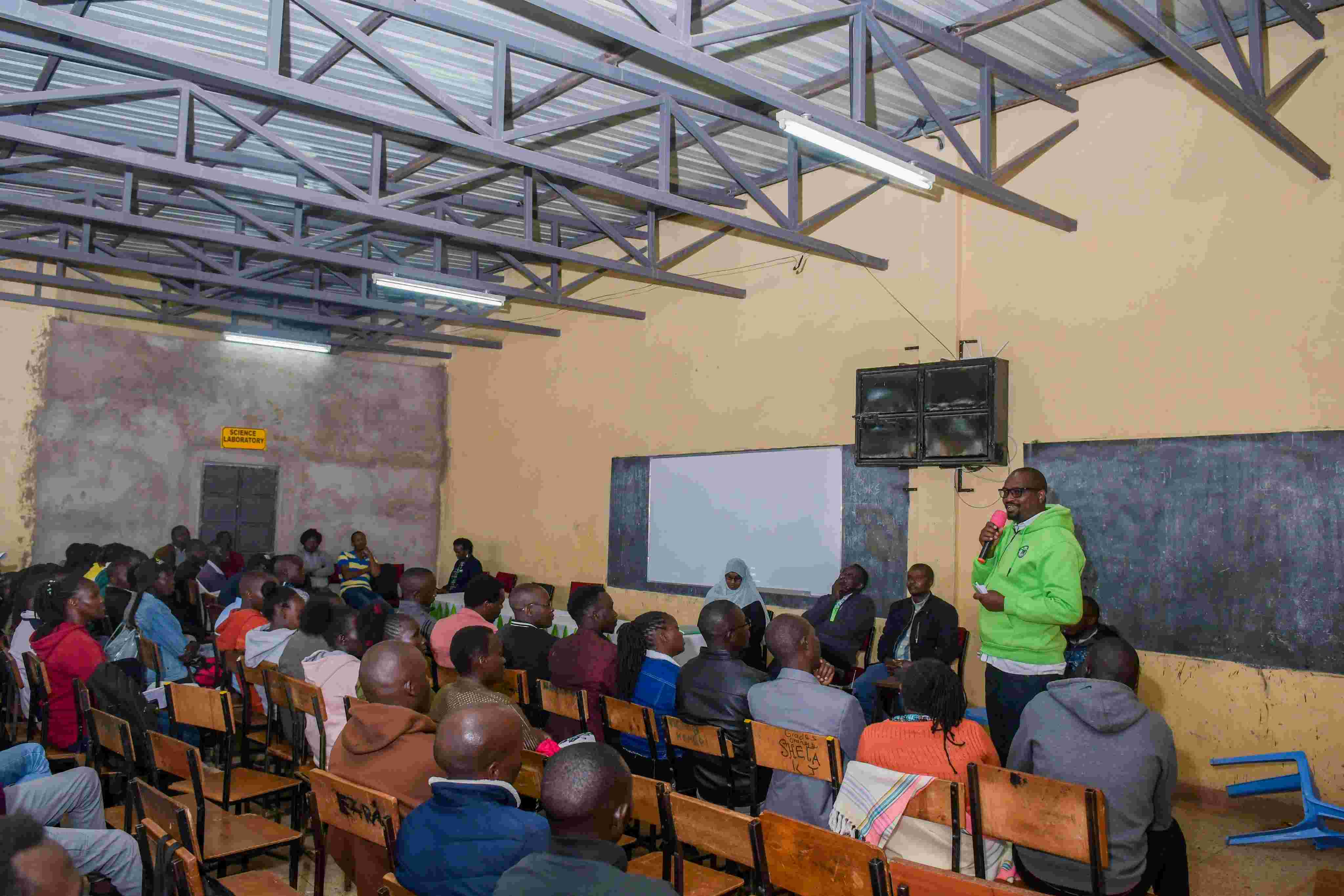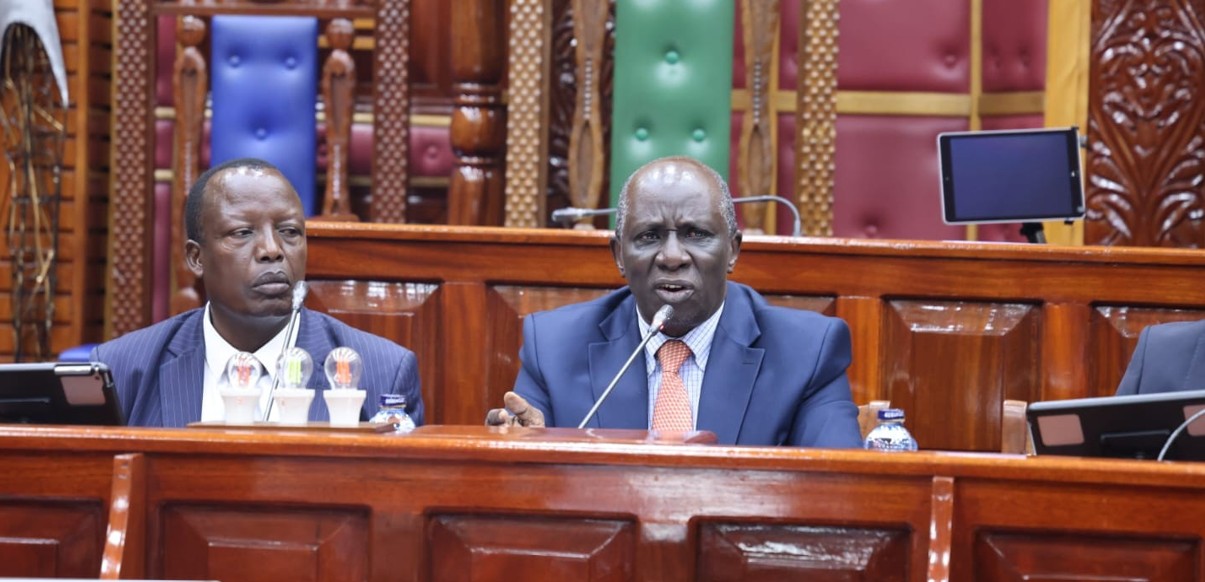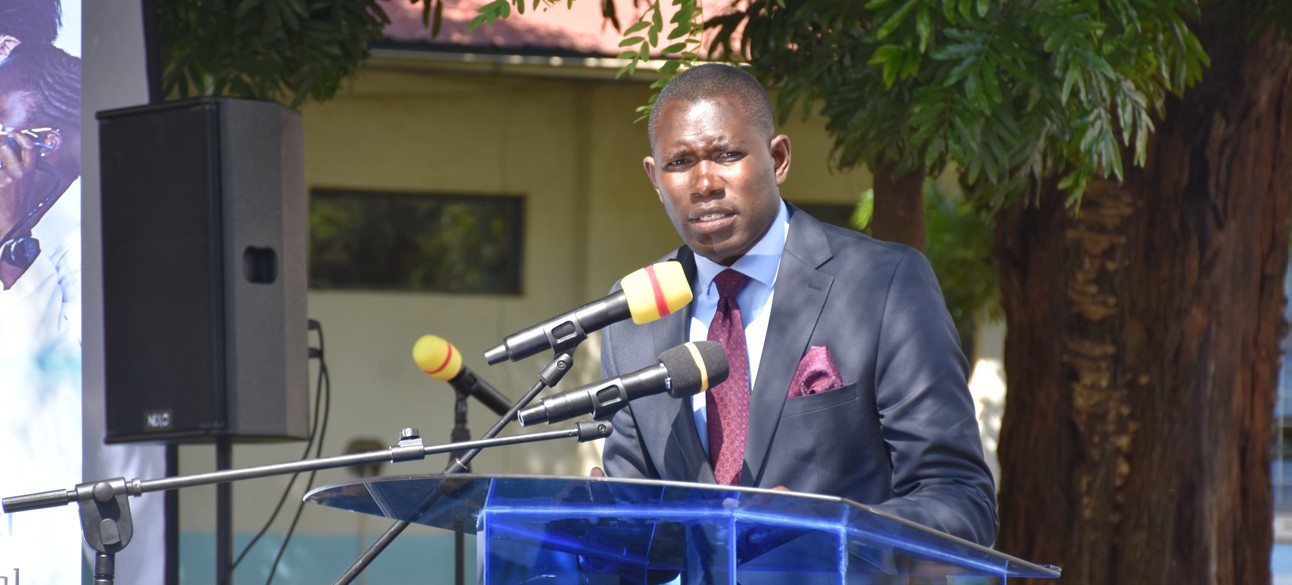OPINION: Flood crisis needs urgent action to protect lives and livelihoods
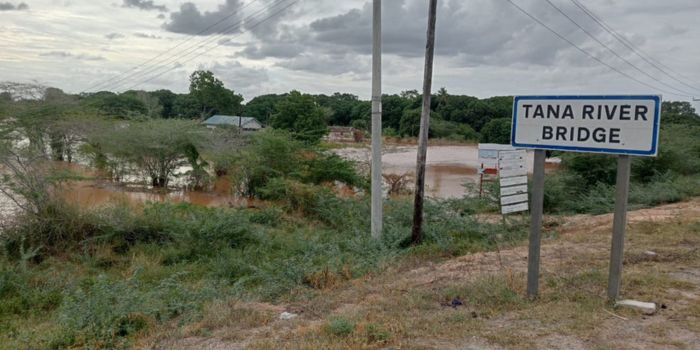
There is a need for the construction of dams and retention ponds to reduce flood peaks and provide a more stable water source during the dry season.
Kenya is experiencing severe rains, which have caused floods in most parts of the country.
According to a press release issued on May 10 by the Interior ministry, the continuing floods have injured 188 people, with 75 now missing. About 281,835 people from 56,367 families have been displaced. The death toll had risen to 267.
More To Read
- Government activates nationwide emergency response amid heavy rain advisory
- Expect significant rains across Kenya this week, weatherman warns
- China gives over Sh370 million in flood relief for Mathare school children
- State gives Sh1bn in April stipends to over 323,000 vulnerable families
- Isiolo, Kwale, Kilifi and Taita Taveta among 33 counties facing boundary conflicts
- Brace for intensified rainfall, strong winds on Monday and Tuesday - Met
Northern Kenya is experiencing floods and is in dire need of support. Mandera is among the five counties worst hit, suffering extensive flooding and significant disruptions to daily life and economic activities.
Despite the control measures in place, one cholera case reported on April 26, 2024, in Tana River County has been verified, as have further reports of probable diarrhoeal cases in Marsabit County.
The weather in the north is very different from what is now happening in the rest of the country.
This seemingly impossible scenario can be attributed to the Ewaso Ng'iro River, which flows from the western slopes of Mount Kenya northward and through the ASAL areas, a powerful force flowing from upstream, bringing torrents of water downstream and causing flash floods that overwhelm villages and displace residents even when the skies are clear or there are only light rains.
While the river provides water for livestock, irrigation, and other purposes, its unpredictable nature poses a constant threat.
Several factors exacerbate the situation, the main one being limited early warning systems. There is a need for a robust early warning system for downstream communities to prepare them adequately for sudden surges in water levels.
Deforestation and land degradation upstream enhance surface runoff, increasing the volume and speed of water that reaches downstream. Deforestation is done to make way for farming.
Another factor exacerbating the situation is people settling downstream near the flow of the Ewaso Ng'iro River, with no forecast of an overflow due to the arid nature of the side, which experiences mostly drought seasons with occasional rain.
Addressing this issue requires immediate action and a sustainable one at that.
There is a need for the construction of dams and retention ponds to reduce flood peaks and provide a more stable water source during the dry season.
This ensures consistent water availability and reduces the risk of flooding by harvesting water for later use. This act would ensure that people from northern Kenya can participate in farming through irrigation schemes, hence increasing food production.
Upstream watershed management requires sustainable land management measures such as reforestation, which will regulate water flow.
Regulations against settlement on riverbanks and floodplains should be enforced to allow for safe overflow and minimise damage.
An early warning system should be implemented to monitor upstream weather patterns and river levels, allowing communities downstream to prepare for floods and take action quickly.
As the heavy rain continues, there is a need to preserve the lives of Kenyans and provide humanitarian relief as we seek a long-term solution that ensures flooding is a thing of the past.
Within the city, there is a need to guarantee that the drainage system is effective and that those living along the riverbanks can relocate to higher ground permanently.
To manage the Ewaso Ng’iro River resource responsibly and sustainably, upstream and downstream stakeholders, government agencies, and environmental organisations must work together. It is time for a permanent solution after a thorough engagement of the impacted communities.
The writer is a health record information officer, social change maker, and programme officer at the Northern Frontier Medical Association.
Top Stories Today




